解説 / Description
「エスメラルダダニオ」の名で知られる、バラ色とメタリックブルーの輝きが美しい小型のダニオです。その魅力は、光の角度で紫青色にも見える体側と、成熟したオスに見られるヒレや腹部の深い赤色との鮮やかな対比にあります。東南アジアの渓流に生息しているため、水槽内でも非常に活発に泳ぎ回り、群れで飼育することで本来の美しさを最大限に発揮します。温和な性格で、水草レイアウト水槽の住人として人気の高い魚です。 Known as the “Esmeralda Danio,” this is a beautiful small danio that shines with rosy and metallic blue hues. Its charm lies in the vivid contrast between its sides, which can appear purplish-blue depending on the light, and the deep red of the fins and belly seen in mature males. As it inhabits mountain streams in Southeast Asia, it is an active swimmer, and keeping it in schools brings out its full, natural beauty. It has a peaceful temperament and is a popular resident for planted aquariums.
基本情報 / Basic Information
| 学名 / Scientific Name | Danio roseus |
|---|---|
| 通称 / Common Name | エスメラルダダニオ、ブラキダニオ・エスメラルダEsmeralda Danio, Brachydanio esmeralda |
| 分類 / Family | コイ目 ダニオ科 ダニオ属Order Cypriniformes, Family Danionidae, Genus Danio |
| 英名 / English Name | Rose Danio, Rosy Danio, Purple Passion Danio |
| 分布 / Distribution | 東南アジア(メコン川流域:タイ北部、ラオス北部、ミャンマー、中国雲南省)Southeast Asia (Mekong River basin: Northern Thailand, Northern Laos, Myanmar, Yunnan Province in China) |
| 最大体長 / Max Size | 約 5 cm (最大 6.8 cm の報告あり)Approx. 5 cm (reports of up to 6.8 cm exist) |
| 寿命 / Lifespan | 約 3~5 年Approx. 3-5 years |
飼育環境 / Aquarium Environment
| 水槽サイズ / Tank Size | 60cm規格水槽(約60L)以上を推奨します。非常に活発に泳ぐため、10匹以上の群れであれば80L以上(例:90cm規格水槽)の、奥行きよりも長さのある水槽がより理想的です。A 60cm standard tank (approx. 60L) or larger is recommended. As they are very active swimmers, a tank with more length than depth, such as an 80L (e.g., 90cm standard tank) or larger, is ideal for a school of 10 or more. |
|---|---|
| 水温 / Temperature | 20~25℃ (68-77°F) ※比較的多湿な環境を好み、高水温は避けた方が長期飼育に適しています。 |
| 水質 / Water Quality | 弱酸性~中性 (pH 6.0~7.5)、軟水~中硬水 (dGH 2-15°) が適しています。Slightly acidic to neutral (pH 6.0-7.5), soft to medium-hard water (dGH 2-15°) is suitable. |
| レイアウト / Layout | 自然環境(渓流)を模し、開けた遊泳スペースを確保しつつ、流木や丈夫な水草(アヌビアス、ミクロソリウム、ウィローモスなど)で隠れ家を作ると落ち着きます。暗色の底床を使用すると、魚の持つ玉虫色の輝きが一層引き立ちます。Mimic its natural stream environment with open swimming space, along with hiding spots created by driftwood and hardy plants (Anubias, Microsorum, Willow Moss, etc.). A dark substrate will enhance the fish’s iridescent sheen. |
| 注意点 / Precautions | 非常に活発でジャンプ力があるため、水槽には隙間のないぴったりとした蓋が絶対に必要です。また、溶存酸素が豊富な環境を好むため、フィルターで適度な水流を作ったり、エアーストーンを追加したりすることが有効です。They are very active and excellent jumpers, so a tight-fitting lid is absolutely essential. They also prefer oxygen-rich environments, so creating adequate water flow with a filter or adding an air stone is effective. |
餌と給餌 / Feeding
| 餌の種類 / Diet | 雑食性で、好き嫌いはありません。高品質なフレークフードや小型のペレットを主食とし、生き餌や冷凍餌(ブラインシュリンプ、アカムシ、イトミミズなど)を定期的に与えると、健康維持と色彩の向上に繋がります。Omnivorous and not picky. Feed a high-quality flake food or micro-pellets as a staple, supplemented regularly with live or frozen foods (brine shrimp, bloodworms, tubifex, etc.) to maintain health and enhance coloration. |
|---|---|
| 給餌のポイント / Feeding Tips | 美しい発色を引き出し、繁殖のためのコンディションを整えるためには、動物性の餌は不可欠です。活発な代謝をサポートするため、1日に2~3回、数分で食べきる少量を分けて与えるのが理想的です。Live or frozen foods are essential for bringing out the best colors and conditioning for breeding. To support their active metabolism, it is ideal to feed small amounts 2-3 times per day, consuming all food within a few minutes. |
性格と混泳 / Temperament and Tank Mates
| 性格 / Temperament | 温和で活発。社会性が非常に高く、群れで生活する魚です。Peaceful, active, and highly social. This fish lives in schools. |
|---|---|
| 混泳の相性 / Compatibility | 最低でも6匹、理想的には10匹以上の群れで飼育することが必須です。群れで飼育することでストレスが軽減され、オス同士が競い合い、最も美しい色彩を見せてくれます。他の小型で温和な魚(ラスボラ類、小型テトラ、コリドラスなど)との混泳にも優れています。ただし、非常に活発に泳ぎ回るため、ベタやヒレの長いグッピーなど、動きの遅い魚や長いヒレを持つ魚にはストレスを与える可能性があります。It is essential to keep them in a group of at least 6, ideally 10 or more. Keeping them in a school reduces stress and encourages males to compete, displaying their most beautiful colors. They are excellent for community tanks with other small, peaceful fish (rasboras, small tetras, Corydoras, etc.). However, their constant, rapid movement may stress slower-moving fish or those with long fins, such as Bettas or fancy guppies. |
病気と対策 / Diseases and Prevention
| かかりやすい病気 / Common Diseases | 劣悪な水質や急激な水質変化に敏感です。特に硝酸塩濃度の上昇には注意が必要で、水質が悪化すると白点病やカラムナリス病(尾腐れ病など)といった一般的な淡水魚の病気にかかりやすくなります。Sensitive to poor or sudden changes in water quality. Pay special attention to rising nitrate levels. If water quality deteriorates, they become susceptible to common freshwater diseases like Ich (White Spot) and Columnaris (fin rot, etc.). |
|---|---|
| 対策と予防 / Prevention | 週に一度、25~30%の定期的な水換えを徹底し、安定した水質を維持することが最も重要です。また、冷涼な水温を好むため、夏場の高水温(28℃以上)が長期間続かないよう、冷却ファンなどで対策を講じることも予防に繋がります。The most important prevention is maintaining stable water quality through regular weekly water changes of 25-30%. As they prefer cooler water, taking measures such as using a cooling fan to prevent prolonged high temperatures (above 28°C / 82°F) in summer is also effective. |
増やし方(繁殖) / Breeding
| 繁殖形態 / Reproduction | 卵生。水草の間に非粘着性の卵をばらまく「スキャッタリング・スポーナー」です。Egg-scatterer. They scatter non-adhesive eggs among aquatic plants. |
|---|---|
| 繁殖のポイント / Breeding Tips | 雌雄の判別は比較的容易です。オスは細身で流線形、ヒレや腹部が鮮やかなバラ色に染まります。メスはオスよりも大きく、抱卵すると腹部が膨らみがっしりとした体型になります。親魚は卵や稚魚を食べてしまうため、繁殖を狙う場合は、底にビー玉や粗いメッシュを敷く、またはウィローモスを厚く敷き詰めた専用の繁殖水槽が必要です。産卵は早朝に行われることが多く、産卵が確認できたら直ちに親魚を隔離します。稚魚は非常に小さいため、最初の数日間はインフゾリアやビネガーイールなどの微細な初期飼料が不可欠です。Sexing is relatively straightforward. Males are slimmer, more streamlined, and develop vibrant rosy-red colors on their fins and belly. Females are generally larger and fuller-bodied, especially when carrying eggs. Parents will predate on eggs and fry, so a dedicated breeding tank is required. Use marbles, a coarse mesh bottom, or a thick layer of Willow Moss to protect the eggs. Spawning often occurs in the early morning; remove parents immediately after. The fry are extremely small and require microscopic initial foods like infusoria or vinegar eels for the first few days. |
雑学と豆知識 / Trivia and Fun Facts
| 雑学・豆知識 / Trivia & Fun Facts | 日本のアクアリウム市場で「ブラキダニオ・エスメラルダ」として知られるこの美しい魚ですが、その本当の学名は Danio roseus といいます。これは2000年に記載された、比較的新しい種です。では、なぜ「ブラキダニオ」と呼ばれるのでしょうか?実は「Brachydanio」はかつて使われていた古い属名で、現在は *Danio* 属の新参異名(シノニム)とされています。つまり、流通名が科学的な分類の変更に追いついていない、いわば「分類学的化石」とも言える興味深い事例なのです。 さらに面白いのは名前の由来です。種小名の *roseus* はラテン語で「バラ色の」を意味し、これは繁殖期を迎えたオスの見事な発色にちなんで名付けられました。一方で、日本での流通名である「エスメラルダ(エメラルド)」は、そのメタリックに輝く体側から、おそらく日本国内で独自につけられた愛称だと考えられています。国際的には「ローズダニオ」や「ロージーダニオ」と呼ばれることが一般的で、海外の情報を調べる際は学名か英名を使うと良いでしょう。 ちなみに、近縁種のパールダニオ(*D. albolineatus*)とはしばしば混同されますが、本種は体側後方に明瞭な水平の縞模様がない点で識別できます。This beautiful fish, known in the Japanese aquarium market as “Brachydanio esmeralda,” is scientifically named Danio roseus. It’s a relatively new species, described in 2000. So, why is it called “Brachydanio”? “Brachydanio” is an older genus name that is now considered a junior synonym for the genus *Danio*. This makes it an interesting case of a “taxonomic fossil,” where a common trade name has not caught up with scientific reclassification. Even more interesting is the origin of its names. The species name *roseus* means “rosy” in Latin, referring to the stunning coloration of breeding males. On the other hand, its Japanese trade name “Esmeralda” (Emerald) was likely created domestically, highlighting its metallic sheen. Internationally, it is commonly called the “Rose Danio” or “Rosy Danio,” so using its scientific or English name is best when searching for information abroad. It is often confused with the related Pearl Danio (*D. albolineatus*), but *D. roseus* can be distinguished by the absence of a distinct horizontal stripe on the posterior part of its body. |
|---|
まとめ / Conclusion
エスメラルダダニオ (Danio roseus) は、そのバラ色とメタリックブルーのコントラストが美しい、非常に魅力的な魚です。活発に泳ぎ回るその姿は、特に水草レイアウト水槽によく映えます。 The Esmeralda Danio (Danio roseus) is an exceptionally attractive fish, celebrated for its beautiful contrast of rosy hues and metallic blue. Its active swimming behavior looks especially stunning in a planted aquarium.
飼育の鍵は、①渓流を意識した適度な水流と豊富な溶存酸素、②ジャンプを防ぐための確実な蓋、③比較的多湿な水温(20-25℃)の維持、そして④その社会性を尊重した群れ(6匹以上)での飼育です。これらのポイントを押さえれば、そのダイナミックな群泳が水槽に生命感あふれる美しさをもたらし、飼育者に大きな満足感を与えてくれるでしょう。 The keys to successful keeping are: 1) providing adequate water flow and high dissolved oxygen to mimic a stream; 2) using a secure lid to prevent jumping; 3) maintaining cooler water temperatures (20-25°C / 68-77°F); and 4) respecting its social nature by keeping it in a school (6 or more). By addressing these points, their dynamic shoaling behavior will bring vibrant life and beauty to your aquarium, providing great satisfaction.
▶ 記事の生体をYahooで買う

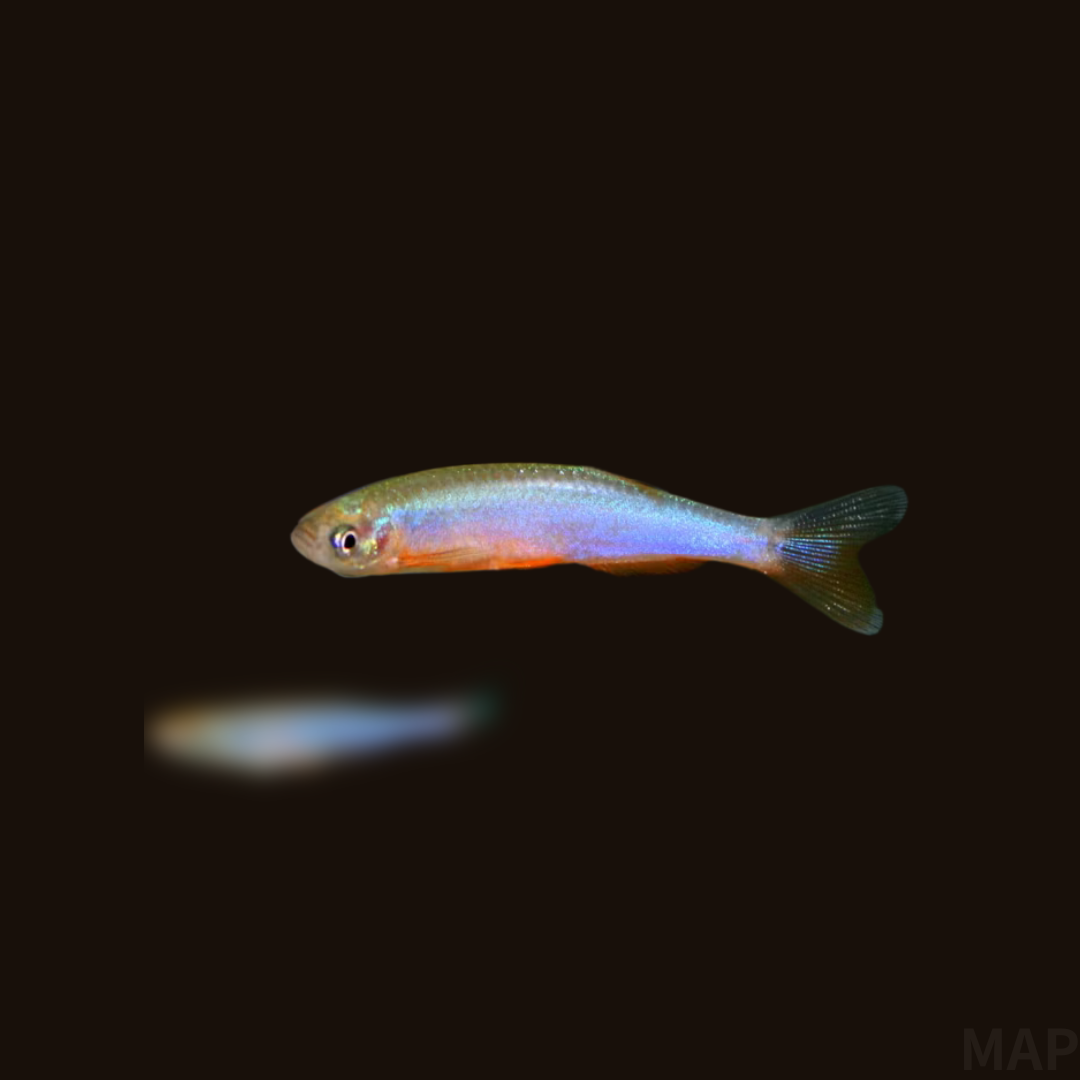






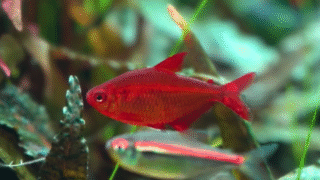
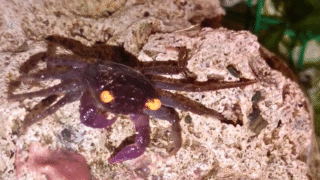
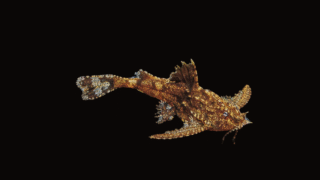
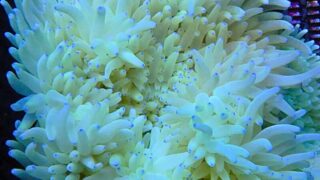
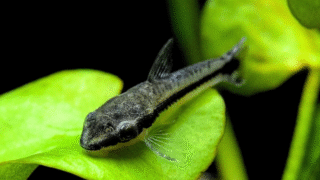
コメント